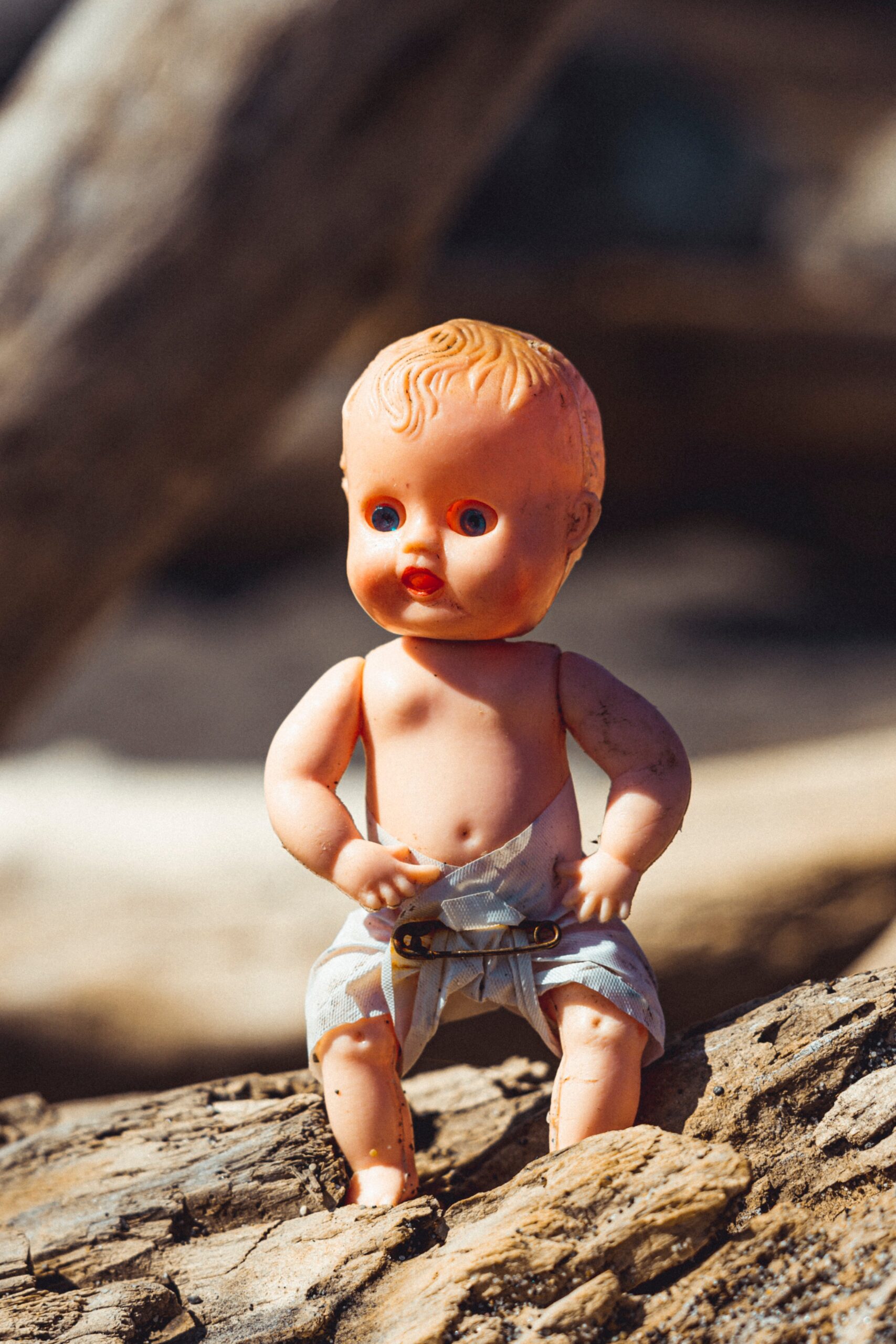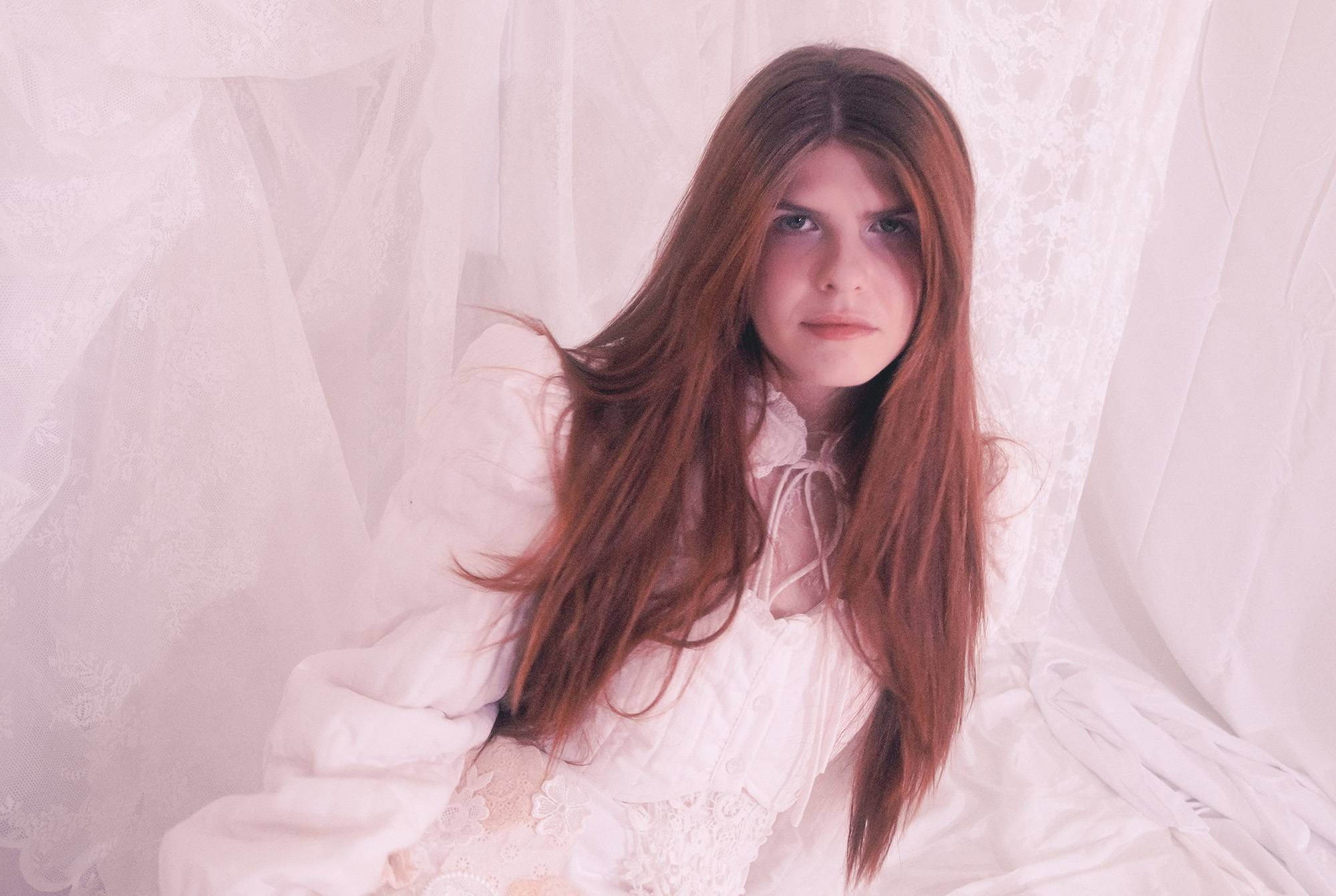CULTURE
This Haunts Me: Pearl the Mermaid Baby and All the Horrific Dolls of Etsy
21 Apr, 20

Baby Doll
Photo by Jasper Garratt on Unsplash
You may have read the saga of Pearl the baby mermaid when Elizabeth Faidley recounted the events on Facebook in December of 2019.
Though the story takes place from between 2015 and 2016, Faidley is in the habit of recounting the bizarre events involved each year as Christmas approaches, and her latest retelling brought Pearl to the world’s attention and seared her image into my brain.
As the story goes, Faidley’s daughter, Ellie, had a specific request for Christmas that year. She wanted a mermaid baby. Knowing that mermaids are sentient creatures that humans can’t ethically own or properly care for (and also mythical), Faidley assumed that what her daughter actually wanted was a doll that combined the best aspects of a baby with the best aspects of a mermaid. Unfortunately, that hybrid turned out to be surprisingly difficult to come by.
After searching far and wide (though clearly not far or wide enough, because there are definitely some options out there that aren’t hideous…) Faidley found Pearl, a very expensive custom baby mermaid doll on Etsy. Was it worth several hundred dollars? If it will make her daughter happy, why not?
Elizabeth made the purchase and didn’t realize until Pearl arrived that what had appeared to be a veil in the images posted online were actually the strange, mottled “scales” painted all over Pearl’s face. Pearl had stringy green hair, pearl earrings, a sort of shimmering pillow for a tail, and a sour expression on her face.
In short, Pearl was ugly, and despite Faidley’s hopes that her daughter’s innocent love would see past the doll’s imperfections, Ellie’s instinctual response was, “Eugh!” and to back away slowly, saying, “It’s not what I expected…”
The mystery of Pearl was manifold. Why paint her face so she looks almost diseased? Why adorn her head with that wispy, seaweed hair? And who—besides a confused mother making a mistake—was the intended customer for such an expensive and ugly doll? That answer only became clear months later, after Faidley had sent Pearl to a “doll hospital,” in the hopes that medical professionals could assist with Pearl’s terminal case of Zactly disease.
As it turned out, Pearl was stuffed with drugs. There was presumably some coded indication in that Etsy post that this mermaid doll had a very good reason for being so expensive, and it was extra ugly to avoid someone like Elizabeth Faidley participating an unwitting drug deal… Whoops.
After the feds looked into the whole family and determined that Faidley was telling the truth, she was able to return to her life with no harm done and an amusing story about Pearl the mermaid drug mule. But after reading the account, I was not so fortunate. I could not get the image of Pearl—or the concept of a doll so ugly it could only exist to transport drugs—out of my head.
Then, last night, I was searching for “dwarf rabbits” to figure out if I could get offended somehow, when Google did me one better and served up a thumbnail that left me shaken to my core. It was a sight too unholy for mortal eyes. A vision of such pure and cruel insanity that I was left scarred in a way I wouldn’t wish on my worst enemy. It was the weird bunny baby I put in the lead image to this article.
I clicked the link as if compelled by my curiosity or by dark forces beyond my awareness, and I saw the image in full size. It looked like a shrunken Bugs Bunny strung out on Lady O in a victorian drug den. It was listed for over $1300. Surely I had stumbled onto another “doll” being used to smuggle contraband.
No one would pay good money for such a horror. I found myself descending deeper into the rabbit hole, in a daze, clicking through related listings and uncovering a menagerie of grotesque infancy marketed as “custom fantasy reborns,” and advertising their ability to drink and pee. A clown, a leprechaun, a dragon, a pig. Were they all merely vessels for mind-altering substances?
I was aware of the concept of “reborn” dolls that are expensive, handmade, “realistic,” and almost always ugly. But would fans of that niche really stray so far into this realm of monstrous creatures? Then I noticed the reviews—dozens of strangers praising the creators for their craftsmanship and seeming to suggest that some of the creatures pictured were custom-made to their specifications. I closed my browser.
Am I now to believe that these “dolls,” these nightmares made manifest, are the work of dedicated artisans giving their customers exactly what they want? That they are meant to be “cute”? No! I refuse. Pearl is the answer. I must maintain the belief that all these dolls are full of drugs—the reviews just part of the elaborate ruse to cover up the workings of a massive drug syndicate. I cling to my faith that they are stuffed with psychoactive pills and powders as I cling to my last thread of sanity. The alternative is too much to bear.













